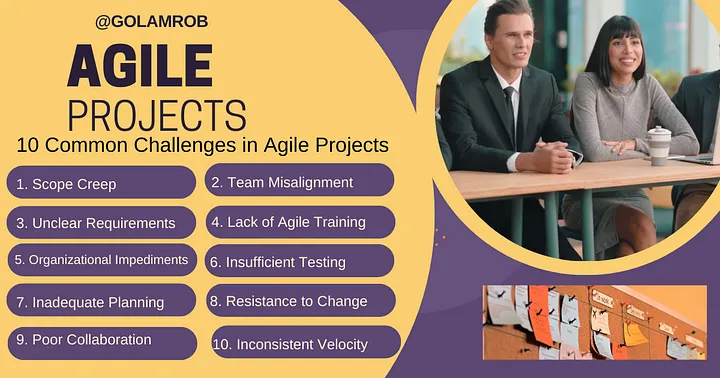
10 Common Challenges in Agile Projects and How to Overcome Them
Agile projects come with a unique set of challenges that can hinder progress and impact outcomes. Understanding these challenges and implementing effective strategies is crucial for Agile teams aiming to deliver high-quality products on time and within budget. Here, we explore ten common challenges in Agile projects and provide practical solutions to overcome them.
1. Scope Creep
Challenge: Scope creep occurs when new features or requirements are added to a project without corresponding time, budget, or resource adjustments.
Solution:
- Clear Definition of Done: Establish a clear and agreed-upon definition to ensure all team members understand the project boundaries.
- Change Control Process: Implement a robust change control process to evaluate and approve changes systematically.
- Stakeholder Engagement: Regularly engage stakeholders to manage expectations and communicate the impact of changes.
2. Team Misalignment
Challenge: Differences in understanding project goals, priorities, or methodologies can lead to inefficiencies and conflicts within the team.
Solution:
- Frequent Team Check-ins: Conduct regular check-ins to ensure all team members are aligned with the project goals and methodologies.
- Alignment Sessions: Hold periodic alignment sessions to address discrepancies and ensure everyone is on the same page.
- Clear Communication: Foster open and transparent communication within the team, creating a sense of connection and engagement.
3. Unclear Requirements
Challenge: Project requirements’ ambiguity can result in misunderstandings and rework, delaying completion.
Solution:
- Detailed User Stories: Create detailed user stories with clear acceptance criteria to ensure requirements are well understood.
- Continuous Stakeholder Feedback: Engage stakeholders regularly to clarify requirements and gather feedback.
- Prototyping: Use prototyping to visualize and validate requirements with stakeholders.
4. Lack of Agile Training and Coaching
Challenge: With proper training, teams may fully embrace Agile principles, leading to superficial adoption and effective practices.
Solution:
- Agile Training Programs: Invest in comprehensive Agile training programs for team members.
- Coaching and Mentoring: Provide ongoing coaching and mentoring to reinforce Agile practices.
- Knowledge Sharing: Encourage knowledge sharing and continuous learning within the team, inspiring a culture of growth and improvement.
5. Organizational Impediments
Challenge: Wider organizational issues can hinder Agile teams, especially if the rest of the organization needs to be aligned with Agile practices.
Solution:
- Agile Transformation: Advocate for an organization-wide Agile transformation to align practices and culture.
- Executive Support: Secure support from executive leadership to remove organizational impediments.
- Cross-Functional Collaboration: Promote cross-functional collaboration to break down silos and enhance agility.
6. Insufficient Testing
Challenge: Adequate testing can lead to defects and quality issues, impacting the final product.
Solution:
- Test-Driven Development (TDD): Implement TDD to ensure testing is integrated into the development process.
- Automated Testing: Use tools to increase test coverage and efficiency.
- Continuous Integration: Adopt continuous integration practices to detect and address issues early.
7. Inadequate Planning
Challenge: Poor planning can result in unrealistic timelines and resource allocation, leading to project delays.
Solution:
- Iterative Planning: Use iterative planning to break the project into manageable sprints with realistic goals.
- Backlog Prioritization: Prioritize the backlog based on value and dependencies to address critical tasks first.
- Capacity Planning: Conduct capacity planning to allocate resources effectively and avoid over-commitment.
8. Resistance to Change
Challenge: Resistance to change can hinder the adoption of Agile practices and impede progress.
Solution:
- Change Management: Implement a change management strategy to address resistance and facilitate smooth transitions.
- Stakeholder Involvement: Involve stakeholders in the change process to gain their buy-in and support.
- Communication and Training: Communicate the benefits of Agile and provide training to ease the transition.
9. Poor Collaboration
Challenge: Lack of collaboration can lead to silos and inefficiencies, affecting project outcomes.
Solution:
- Collaboration Tools: Collaboration tools are used to enhance communication and teamwork.
- Co-Located Teams: Encourage co-located teams to foster better collaboration and interaction.
- Team Building Activities: Organize team-building activities to strengthen relationships and improve collaboration.
10. Inconsistent Velocity
Challenge: Inconsistent velocity can make predicting project timelines and deliverables difficult.
Solution:
- Velocity Tracking: Track velocity regularly to identify patterns and make informed adjustments.
- Retrospectives: Conduct retrospectives to reflect on performance and identify areas for improvement.
- Process Optimization: Continuously optimize processes to enhance efficiency and maintain consistent velocity.
Agile projects encounter various challenges, from scope creep to team misalignment. However, by understanding these challenges and implementing proactive strategies, Agile teams can establish clear expectations, align team goals, and create a roadmap that anticipates potential issues. This preparation helps teams address problems before they escalate, ensuring smoother project execution and timely delivery. Ultimately, overcoming these challenges enhances stakeholder satisfaction and trust, leading to successful project outcomes.



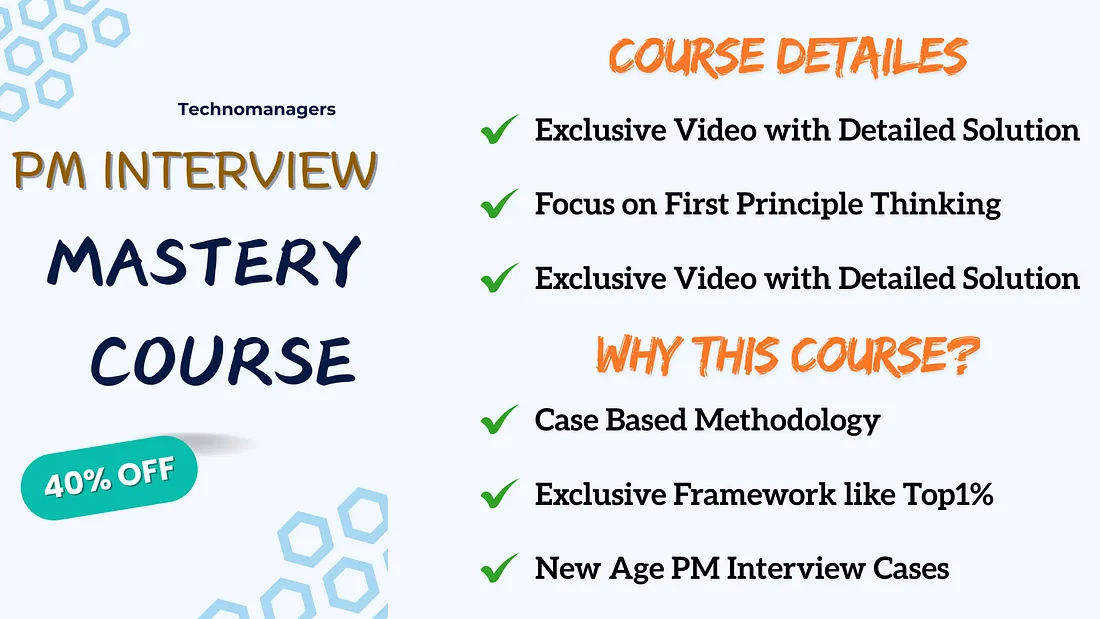
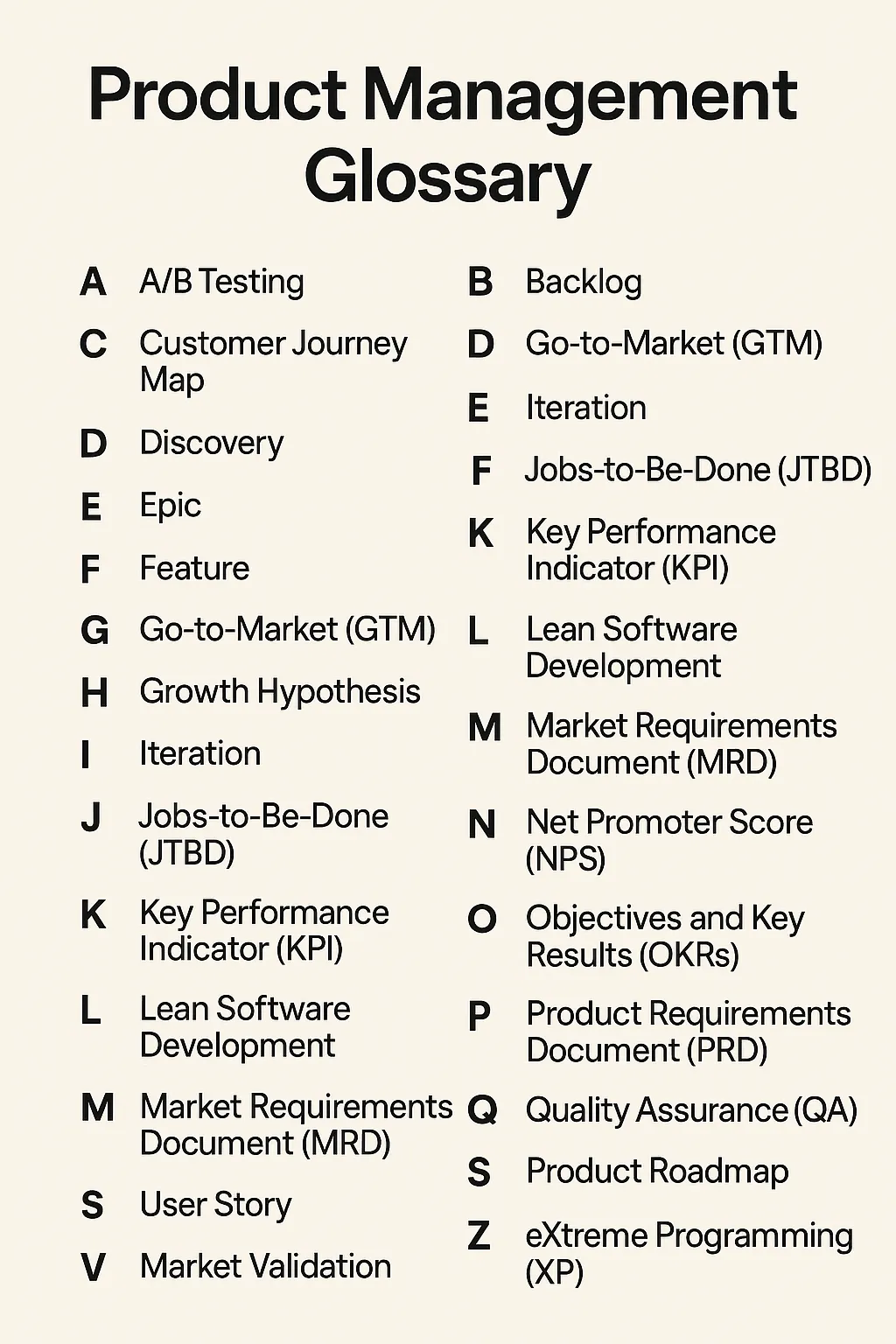
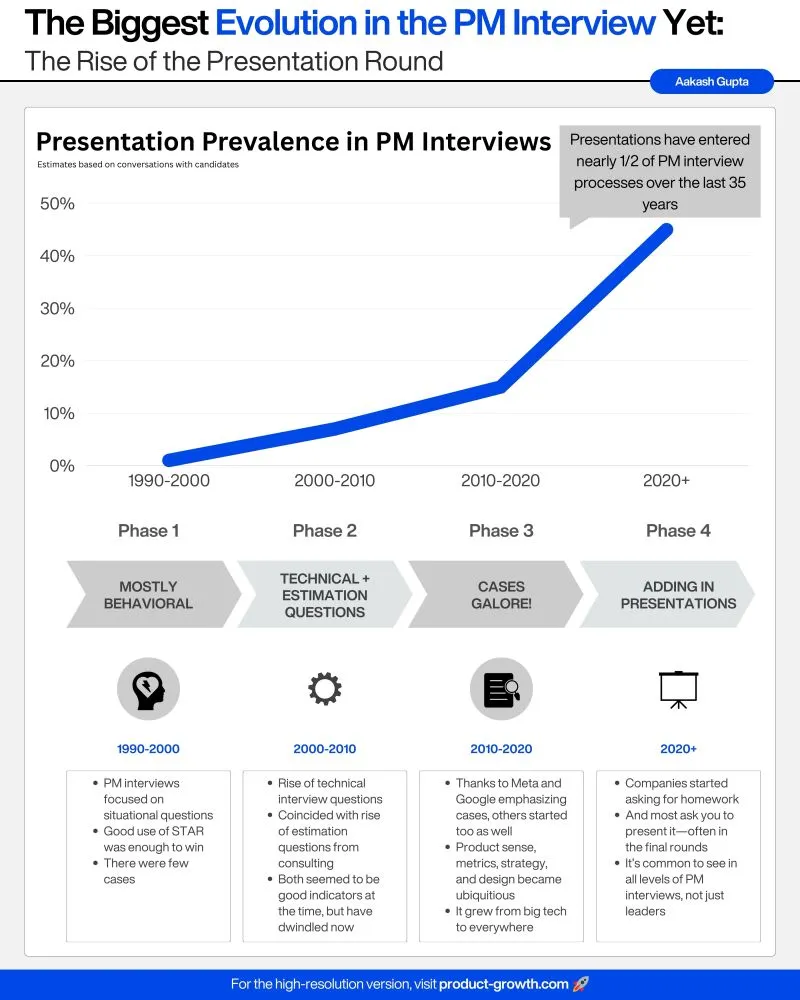

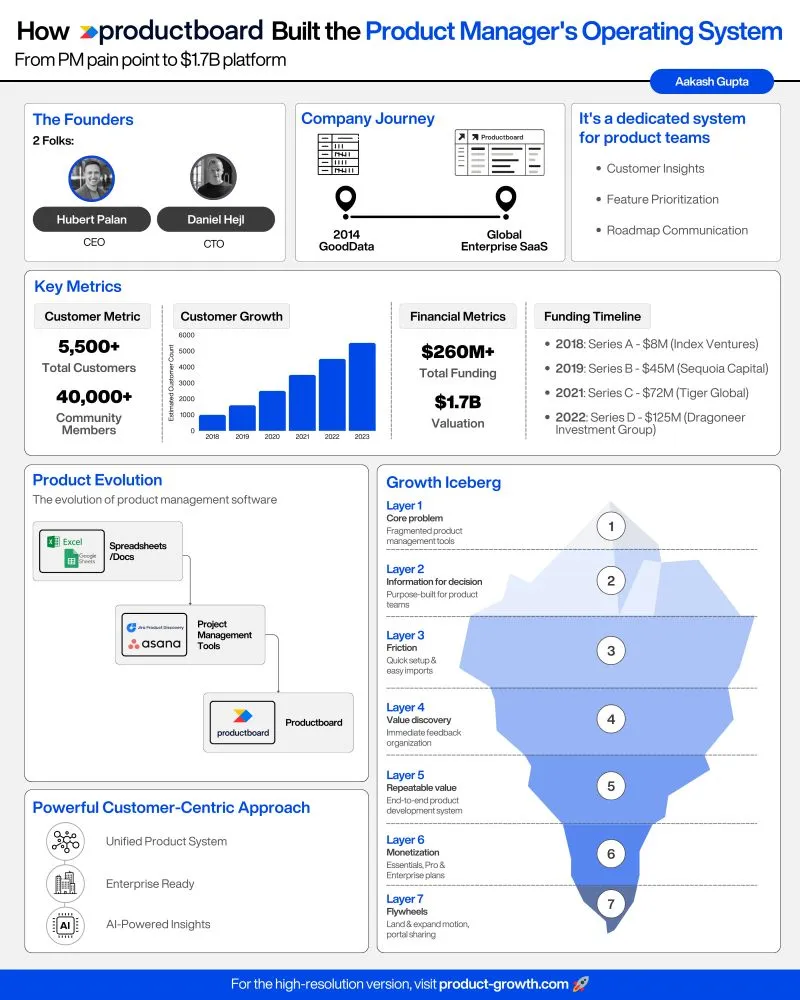
Comments ...
No Comments Yet ...Add One